Welding process classification of lsaw steel pipe
In terms of welding technology, straight seam steel pipes can be divided into resistance welded straight seam steel pipes and submerged arc welding straight seam steel pipes. Resistance welded straight seam steel pipes are further divided into high frequency welded straight seam steel pipes, medium frequency welded straight seam steel pipes, and low frequency welded straight seam steel pipes. The submerged arc welded straight seam steel pipe is also called double-sided submerged arc welded straight seam steel pipe or LSAW straight seam steel pipe. The LSAW is (the abbreviation of Longitudinally Submerged Arc Welding is LSAW). Electric resistance welded straight seam steel pipe is also called ERW straight seam steel pipe, where ERW is (
electric resistance welded pipe, abbreviated as ERW pipe). The following are the production methods of each welding process:
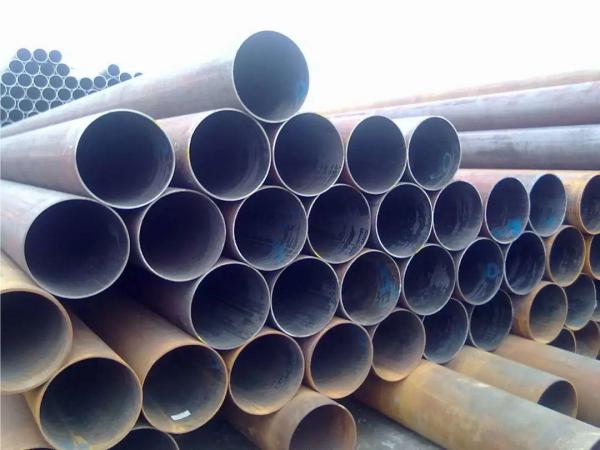
High frequency welded straight seam steel pipe is also called ERW straight seam steel pipe
ERW is a general term for resistance welded steel pipes. Straight seam high-frequency resistance welding pipe (Electric Resistance Welding, referred to as ERW) ERW is the first letter of the corresponding English word. Resistance welded steel pipes are divided into two forms: AC welded steel pipes and DC welded steel pipes.
AC welding is divided into low frequency welding, medium frequency welding, super medium frequency welding and high frequency welding according to the frequency. High-frequency welding is mainly used for the production of thin-walled steel pipes or ordinary-walled steel pipes. High-frequency welding is divided into contact welding and induction welding. DC welding is generally used for small diameter steel pipes.
Therefore, in summary, high-frequency welded pipe is included in ERW welded pipe, which is a kind of ERW welded pipe produced by high-frequency welding process. ERW straight seam welded pipe is a steel pipe with advanced product performance and economical performance in the field of oil and gas storage and transportation.
Submerged arc welded straight seam steel pipe is also called double-sided submerged arc welded straight seam steel pipe or LSAW straight seam steel pipe. LSAW steel pipe (Longitudinally Submerged Arc Welding, abbreviated as LSAW) is the professional term for longitudinal submerged arc welded steel pipe. LSAW steel pipe is produced by using a single medium-thick plate as raw material, pressing (rolling) the steel plate into a tube blank in a mold or forming machine, and enlarging the diameter using double-sided submerged arc welding. Its finished product specifications range is wide, the toughness, plasticity, uniformity and density of the weld are good, and it has the advantages of large pipe diameter, thick pipe wall, high pressure resistance, low temperature resistance and strong corrosion resistance.
When constructing high-strength, high-quality long-distance oil and gas pipelines, most of the steel pipes required are large-diameter, thick-walled straight seam submerged arc welded pipes. According to API standards, among large-scale oil and gas transmission pipelines, longitudinal submerged arc welded pipes are the only designated applicable pipe type when passing through Class 1 and Class 2 areas such as alpine zones, seabed, and densely populated urban areas.
The high-frequency welding process is based on the principle of electromagnetic induction, as well as the skin effect, eddy heat flow effect and proximity effect of AC charges in the conductor. The edge steel of the weld is heated until it is heated to a molten state, and then Using the roller extrusion process, the butt welds can achieve intergranular bonding, so that the purpose of welding can be achieved.
Introduction to the production process of high frequency straight seam welded pipe
High-frequency welding is a type of induction welding, which we can also call pressure-based welding. High-frequency welding does not require filler materials for the weld seam, and there is no welding spatter during welding. The area affected by the welding heat during the welding process is narrow, the shape after welding is very beautiful, and the mechanical properties of the welding are very good. Due to these advantages of high-frequency welding, high-frequency welding has been widely used in the production of steel pipes.
High-frequency welding of steel pipes utilizes the skin effect and proximity effect of alternating current. After the steel is rolled and formed, a circular tube blank with a broken section is formed. Rotate one or a group of resistors in the tube near the center of the induction coil, and the resistor and the opening of the tube form an electromagnetic induction loop. Under the action of skin effect and proximity effect, a strong and concentrated heat effect is generated at the edge of the opening of the tube blank, which quickly heats the edge of the weld to the required welding temperature. After being extruded by the pressure roller, the molten metal achieves inter-crystal bonding, and forms a strong butt weld after cooling.
High frequency straight seam welded pipe production process
1. Steel plate inspection: Before the steel plates used to make straight seam electric welded steel pipes enter the production line, they must first undergo full-plate ultrasonic inspection;
2. Cutting: Use an edge milling machine to mill the edges on both sides of the steel plate to achieve the required steel plate width, plate edge parallelism and groove shape;
3. Pre-bending: Use a pre-bending machine to pre-bend the edge of the board to meet the curvature requirements. For larger thicknesses, a press can be used for pre-bending.
4. Forming: First, half of the pre-bent steel plate is rolled multiple times on the forming machine to make it into a "J" shape, and then the other half of the steel plate is pressed into a "C" shape by the same operation, and finally the steel plate is manufactured. Open "O" shape
5. Pre-welding: The formed straight seam electric welded steel pipes are jointed and continuously welded using gas shielded welding;
6. Internal welding: Use longitudinal multi-wire submerged arc welding (up to four wires) to weld the inside of the straight seam electric welded steel pipe;
7. External welding: tandem multi-wire submerged arc welding is used to weld the outside of the longitudinal submerged arc welded steel pipe;
8. Trimming: trim the entire welding machine steel pipe to ensure the precise size required by the customer and improve the distribution of stress within the steel pipe;
9. Testing: According to customer requirements, ultrasonic testing or X-ray testing, hydraulic pressure testing, and anti-corrosion and coating can be performed on the straight seam electric welded steel pipes.






 English
English Español
Español بالعربية
بالعربية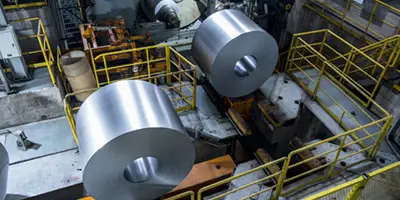
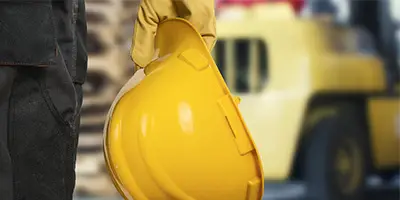
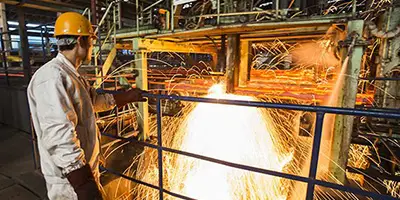
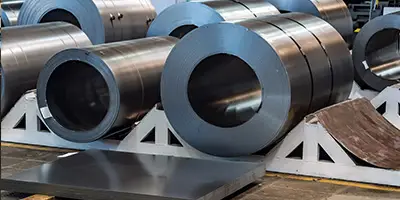

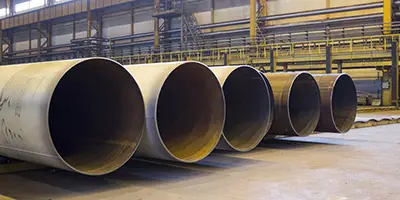
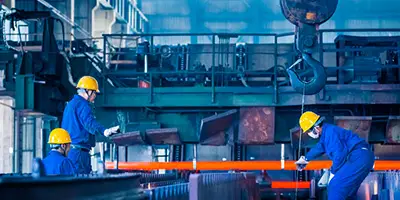
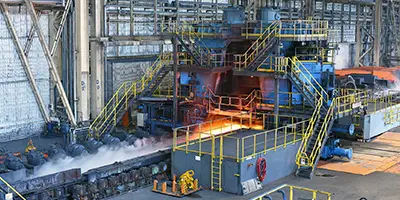
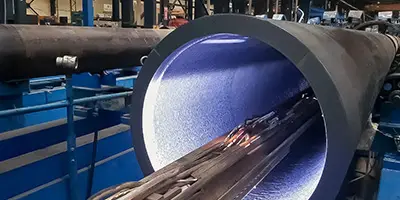
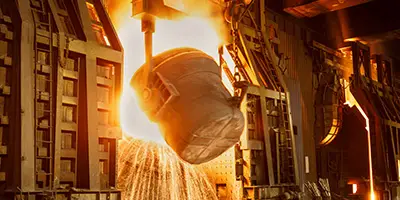
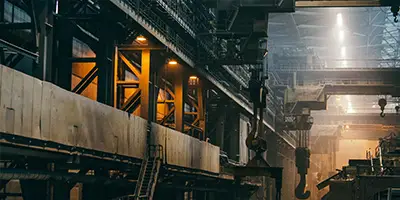

 Phone :
Phone :  Whatsapp :
Whatsapp :  Email :
Email : 


